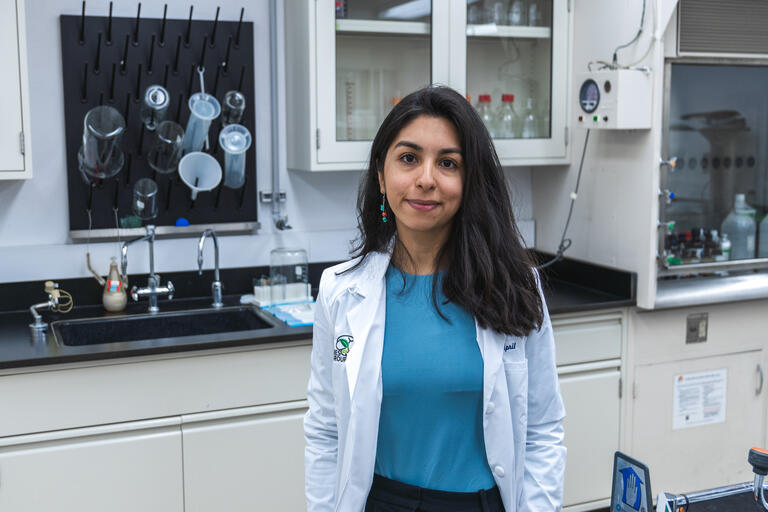Edward Lynch (Dental) and co-workers have had another novel paper published in February 2018 in the prestigious journal Scientific Reports, Nature. The title is Randomized Controlled Clinical Trial on Bleaching Sensitivity and Whitening Efficacy of Hydrogen Peroxide versus Combinations of Hydrogen Peroxide and Ozone. This research assessed the clinical efficacy regarding bleaching sensitivity and tooth shade lightening using a standard hydrogen peroxide (H2O2) bleaching gel compared with the additional use of ozone either before or after application of H2O2. In Group 1, upper anterior teeth were bleached using ozone (produced via a healOzone X4 device) for 60 seconds, then 38 percent H2O2 for 20 minutes. In Group 2, 38 percent H2O2 application (20 min) was followed by ozone (60 s); and air produced by the healOzone machine (60 s) followed by 38 percent H2O2 (20 min) was used in Group 3 (control). Bleaching sensitivity was evaluated via visual analogue scales, and a treatment-blinded reader objectively recorded tooth shades using a colorimeter before and 24 hours after bleaching (at α = 0.05). The H2O2/ozone combination did not result in pain sensations, while both ozone/H2O2 and H2O2 alone increased bleaching sensitivity (p < 0.001). Teeth achieved lighter shades (higher L*/lower b* values) after bleaching in all groups (p < 0.001), while Ozone boosted lighter tooth shades, irrespective of its use before or after H2O2 (p < 0.05). Due to the complimentary effects, applying ozone after H2O2 seems preferable for bleaching. The results of this study should be associated with a major change in how doctors and dentists around the world carry out tooth whitening and make a considerable impact worldwide. From the present outcome it seems clear that ozone and H2O2 successfully acted in concert to boost tooth shades and reduce tooth sensitivity.


